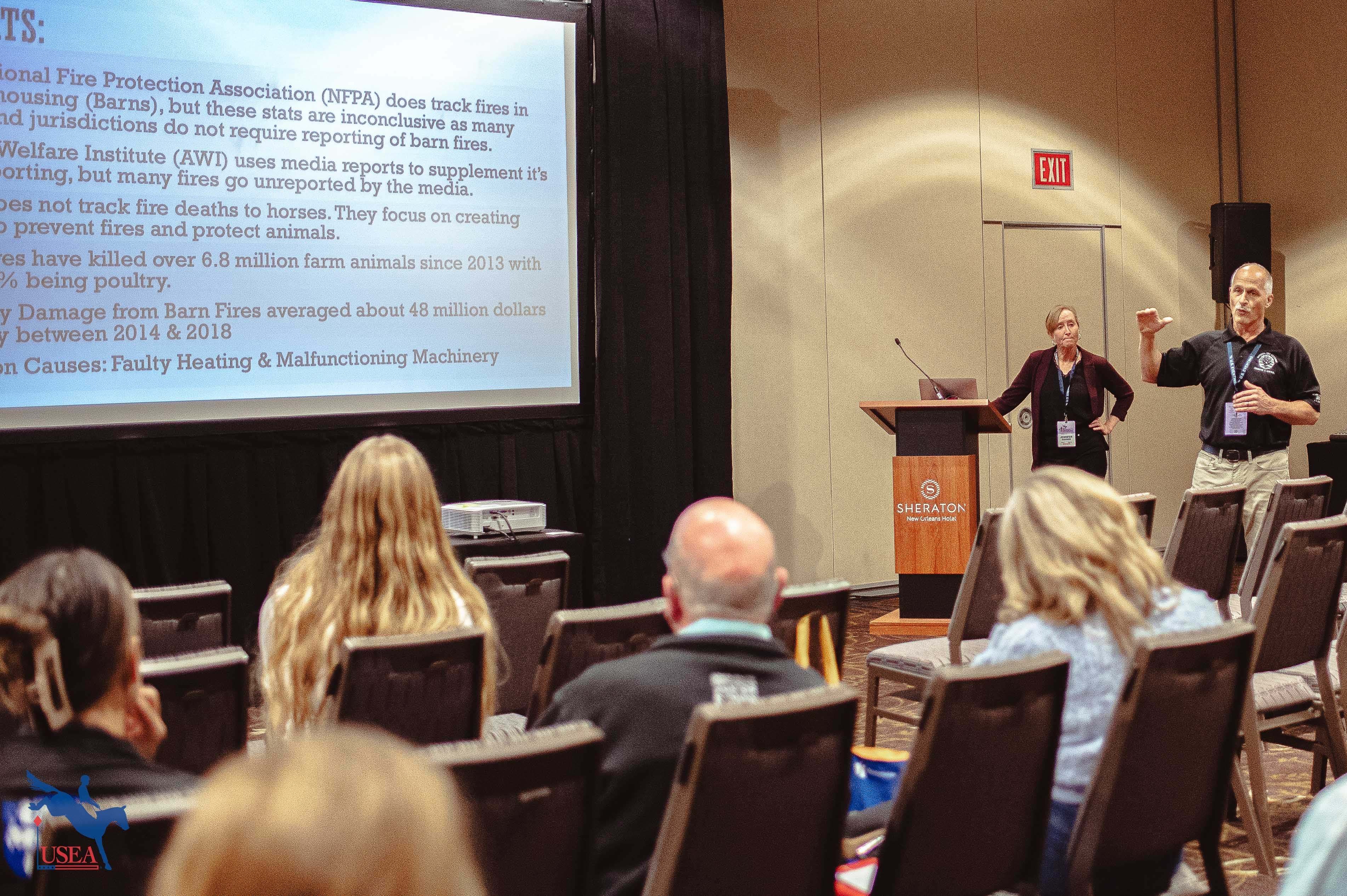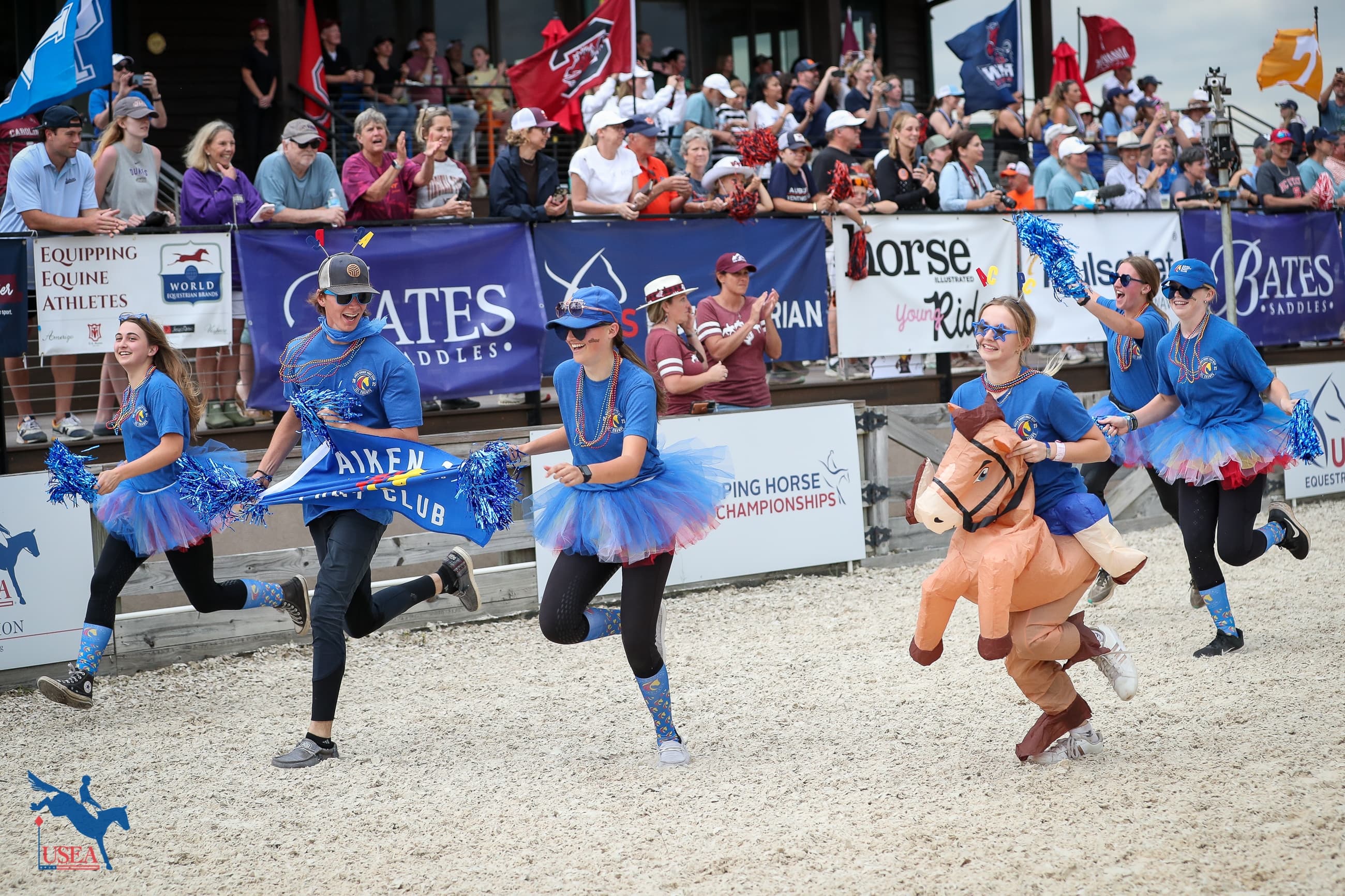Going Their Separate Ways? FEI Opens Bid Process for Individual 2022 FEI World Championships
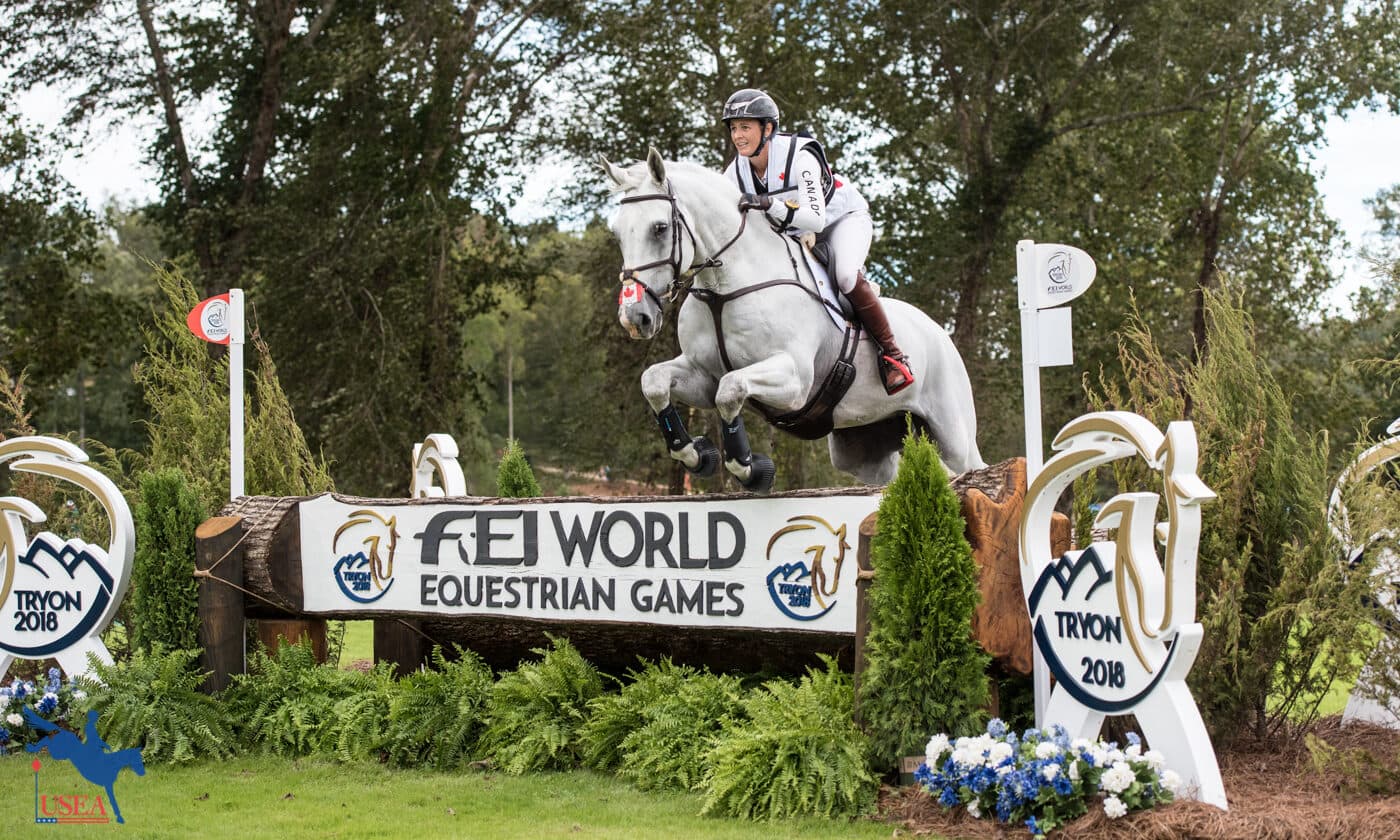
In the wake of the myriad problems that beset the 2018 Fédération Équestre Internationale (FEI) World Equestrian Games (WEG) at the Tryon International Equestrian Center (TIEC) in Tryon, North Carolina, including construction that continued down to the last minute, Hurricane Florence sweeping through the venue during the first week of competition, the complete cancellation of the endurance competition, and other infrastructure and organizational issues, the FEI decided to take a step back and consider what the future of the World Equestrian Games should look like. Ultimately, the decision was made at the 2018 FEI General Assembly in Bahrain last November to open the bidding process for individual World Championships in 2022.
This week the FEI announced that they are now accepting expressions of interest from countries interested in hosting the 2022 FEI World Championships and detailed the following criteria for bids:
- Preference will be given to multi-discipline bids;
- FEI World Championships for dressage and para-dressage should be combined;
- Bids to host all seven disciplines in 2022 as the FEI World Equestrian Games will also be considered.
National Federations that submit expressions of interest by the end of February will travel to the FEI Headquarters in Lausanne at the end of March to discuss structure, opportunities, and minimum requirements for the 2022 FEI World Championships.
Following the meeting in March, bidders who are still interested will submit formal bids outlining their plans and visions for hosting the 2022 FEI World Championships. Allocation of the 2022 FEI World Championships will take place at the 2019 FEI General Assembly in November.
A Grand Idea
Prior to 1990, the World Championships for all 10 international equestrian disciplines were held separately in different countries at different times of the year. The idea for the World Equestrian Games, an event where all the FEI disciplines would gather at a single venue and multiple World Championships would be held, was first proposed in 1983 near the end of HRH Prince Phillip’s tenure as FEI President.
For years, Prince Phillip, who served 22 years as president from 1964 to 1986, had imagined a competition that would bring together equestrians of different disciplines from around the world, creating a culture of camaraderie within the global equestrian community and providing spectators with the opportunity to see many different styles world-class horsemanship. But it wasn’t until his daughter, HRH The Princess Royal, took over the presidency that the idea came to fruition and the FEI World Equestrian Games was born.
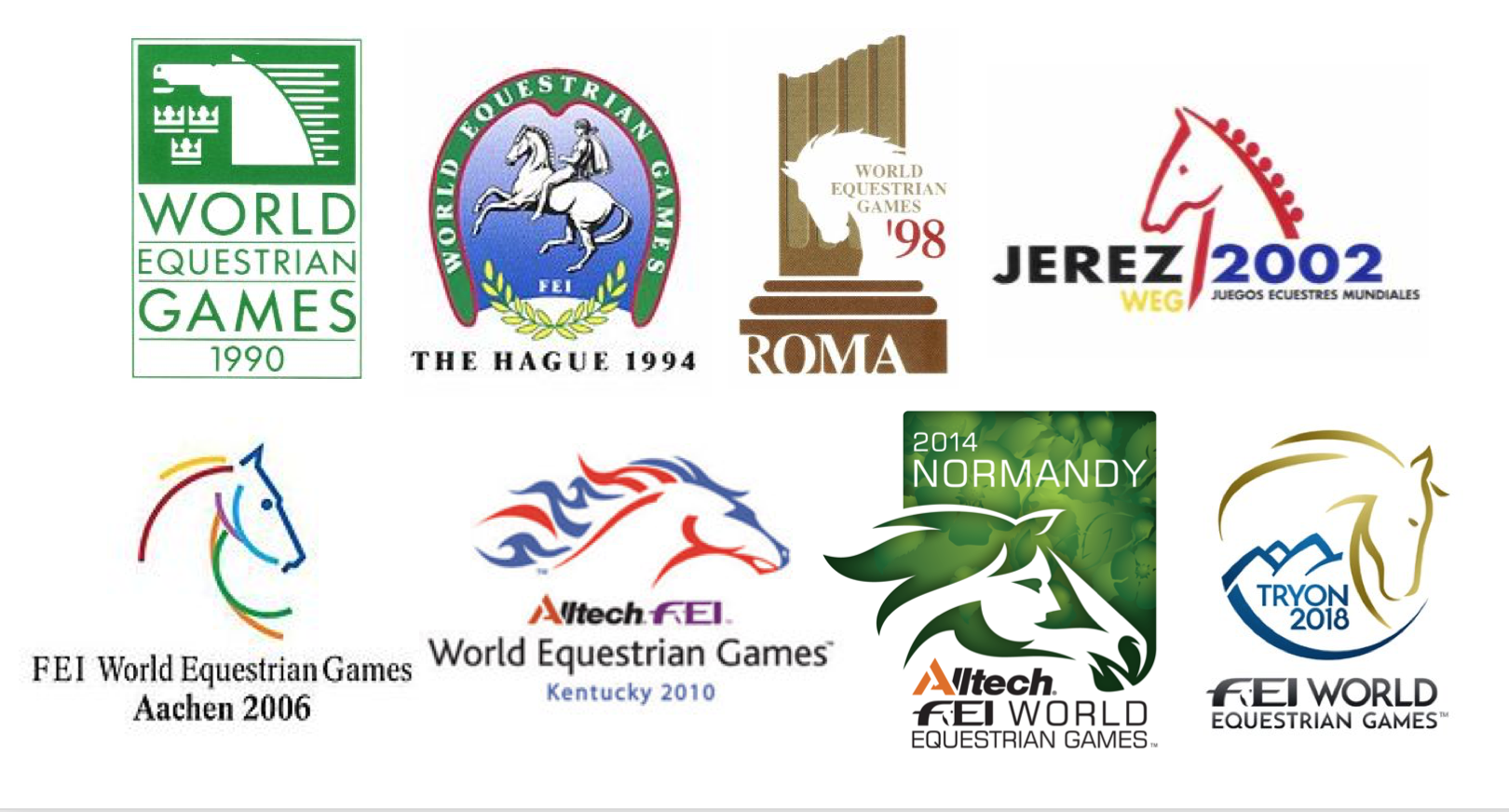
The WEGs That Came Before
The first FEI World Equestrian Games were held from July 24 to August 5, 1990 in Stockholm, Sweden, midway between the 1988 and 1992 Olympics, and hosted the World Championships for dressage, jumping, eventing, driving, endurance, and vaulting. A total of 37 countries were represented by 421 competitors at the first Games, and the main competition arena was the same one used in the 1912 Olympics, the second Olympic Games where equestrian disciplines were included.
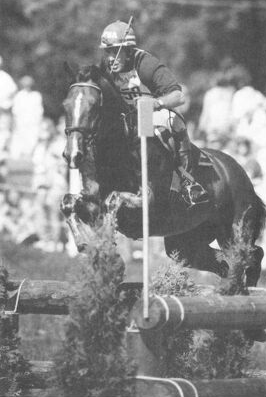
Four years later, the Games were held in The Hauge, Netherlands. The Games were originally scheduled to be held in Paris, France, but when Paris’s plans fell through, the Netherlands stepped in. While the horse sport demonstrated at the 1994 Games as said to be “very impressive,” that fact was largely overshadowed by the financial disaster the Games ultimately were and the severe overcrowding and understaffing issues during the Games.
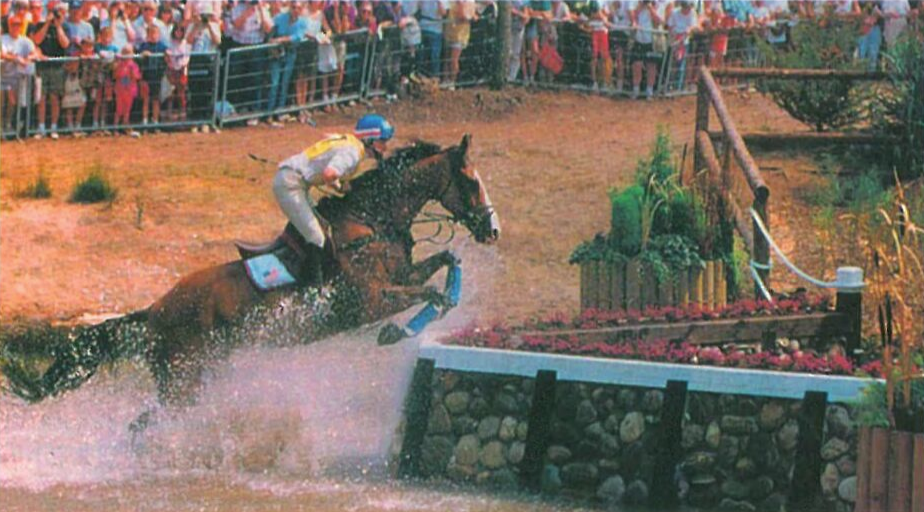
Dublin’s bid to host the 1998 Games had been selected initially, but the Irish government and Royal Dublin Society withdrew their support a year before the Games. The Italian Equestrian Federation came to the rescue, pulling off a near-miracle when they successfully hosted 42 countries and 557 competitors that October.
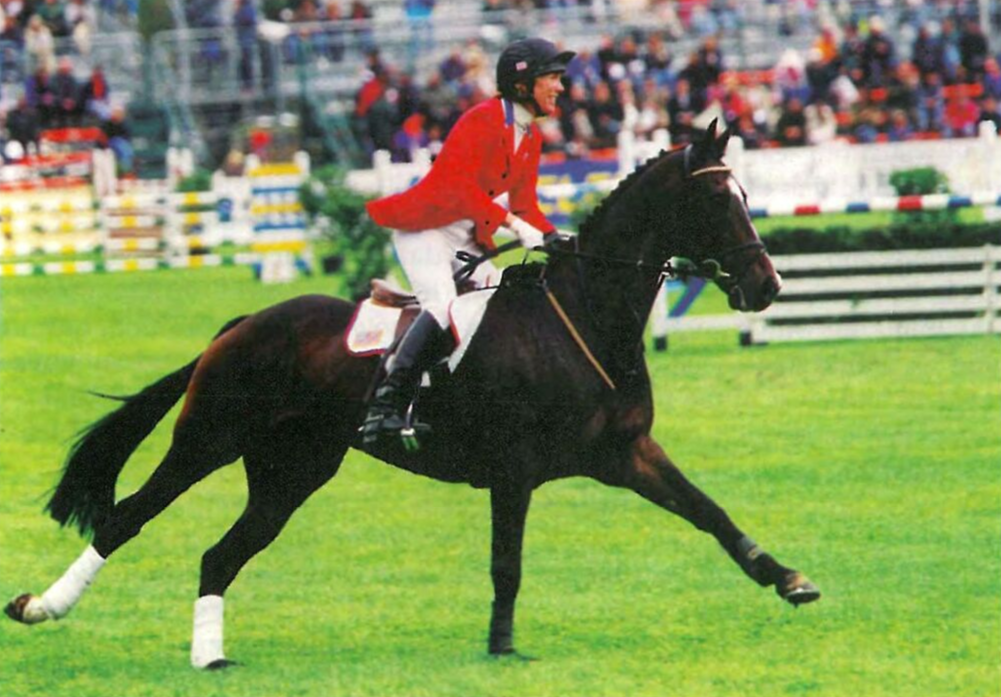
When Jerez de la Frontera in Spain won the bid for the 2002 Games in 1997, they knew the future of the WEG was hanging in the balance – another financial disaster like the 1994 Games could prompt the FEI to abandon the entire institution. Luckily, with plenty of time to prepare, help of generous financial backing, and a superb organizational team, Jerez managed to pull off a successful event with excellent spectator attendance and media attention. Reining also made its first appearance at the WEG in 2002.
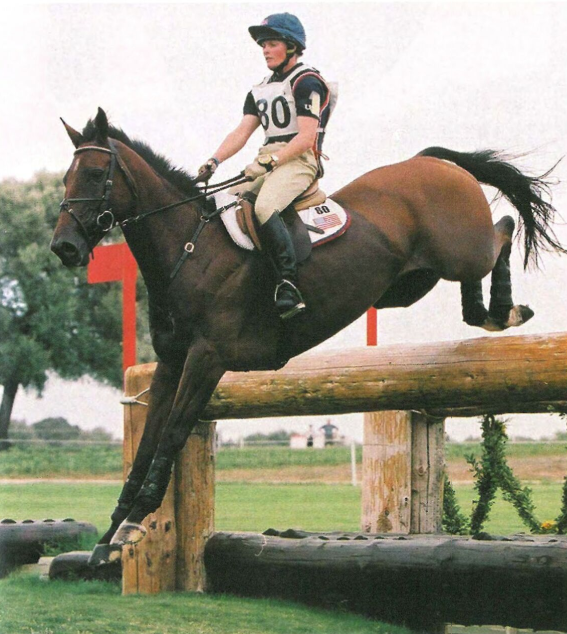
After four Games taking place on temporary or converted sites, the 2006 Games in Aachen, Germany, were the first to take place at established equestrian venues. With spectator attendance in excess of 576,000, an unprecedented level of media coverage, and two weeks of successful horse sport, the Aachen Games were dubbed a definitive success.
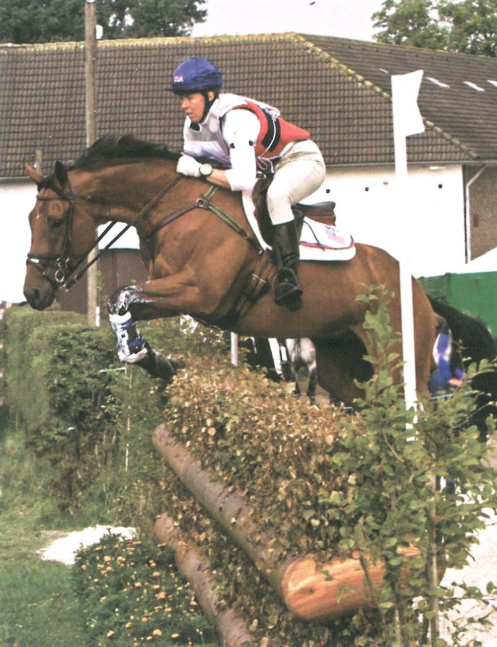
The Games were held outside of Europe for the first time when they traveled across the pond to the Lexington, Kentucky in 2010. Para-dressage also joined the list of disciplines at the 2010 Games, it was the first time in WEG history that all the disciplines were hosted at a single venue – the Kentucky Horse Park – and it was the first time the Games benefitted from the support of an official sponsor: Alltech. With all events taking place at a single venue, the 2010 Games brought riders and spectators from around the world together in a way that had never been done before.
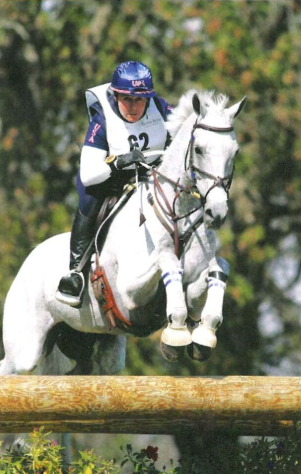
In 2014, the Games returned to Europe and were hosted in Normandy, France. Unlike the 2010 Games, the 2014 event was hosted at seven different venues, all of which saw an unprecedented number of spectators. The lack of sufficient infrastructure at each individual venue to support the 575,000 total spectators resulted in public outcry in the wake of the Games and once again, the future of the FEI World Equestrian Games was called into question.
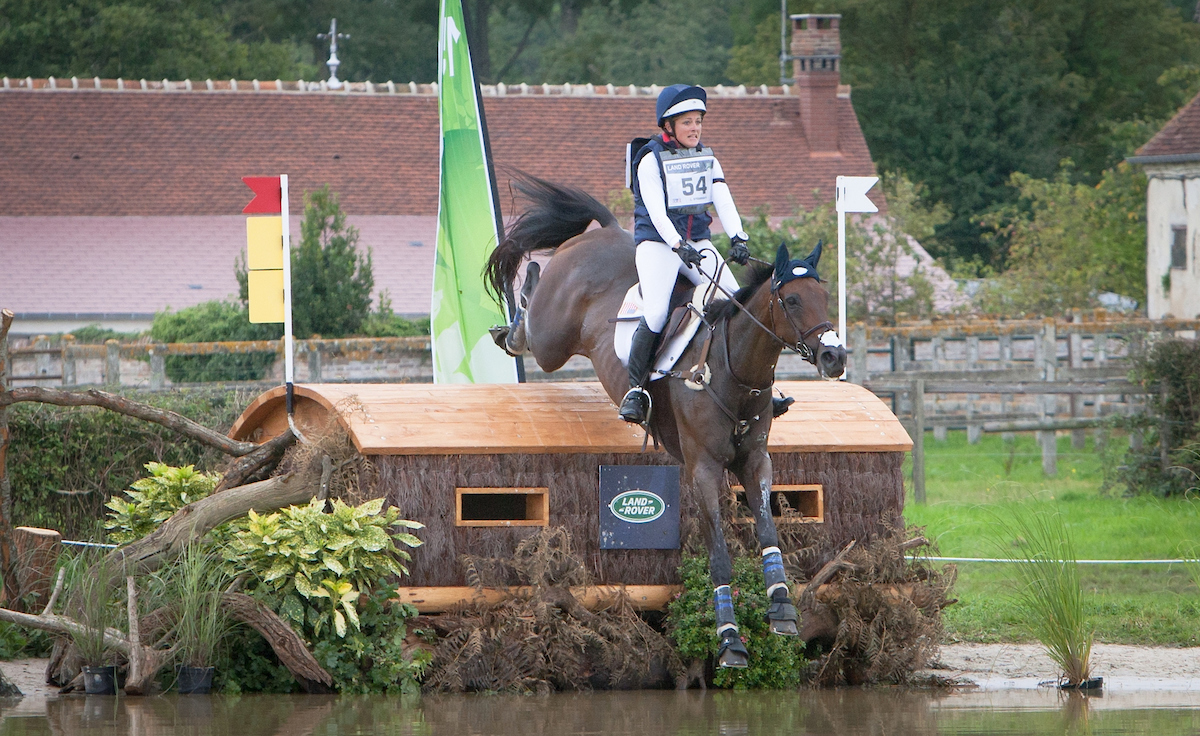
When Bromont, Canada failed to secure financial backing for their 2018 FEI WEG bid, the Games returned to the United States to the Tryon International Equestrian Center in Tryon, North Carolina, making the United States the first country to host the Games twice. The event ran from September 11 to 23, 2018, hosting over 800 athletes and 820 horses from 71 countries competing in eight disciplines: jumping, dressage, eventing, vaulting, reining, para-dressage, endurance, and driving. With only 18 months to prepare, the 2018 FEI WEG at Tryon was plagued with issues that eroded the Games’ overall success and prompted the FEI to reevaluate the future of the Games, leading to the decision to accept bids for individual World Championships in 2022.

While the future of the FEI World Equestrian Games is now in question, cities willing to take on the challenge of bringing together the best horses and riders from each of the FEI disciplines for two weeks of competition will have the chance to throw their hat in the ring.

